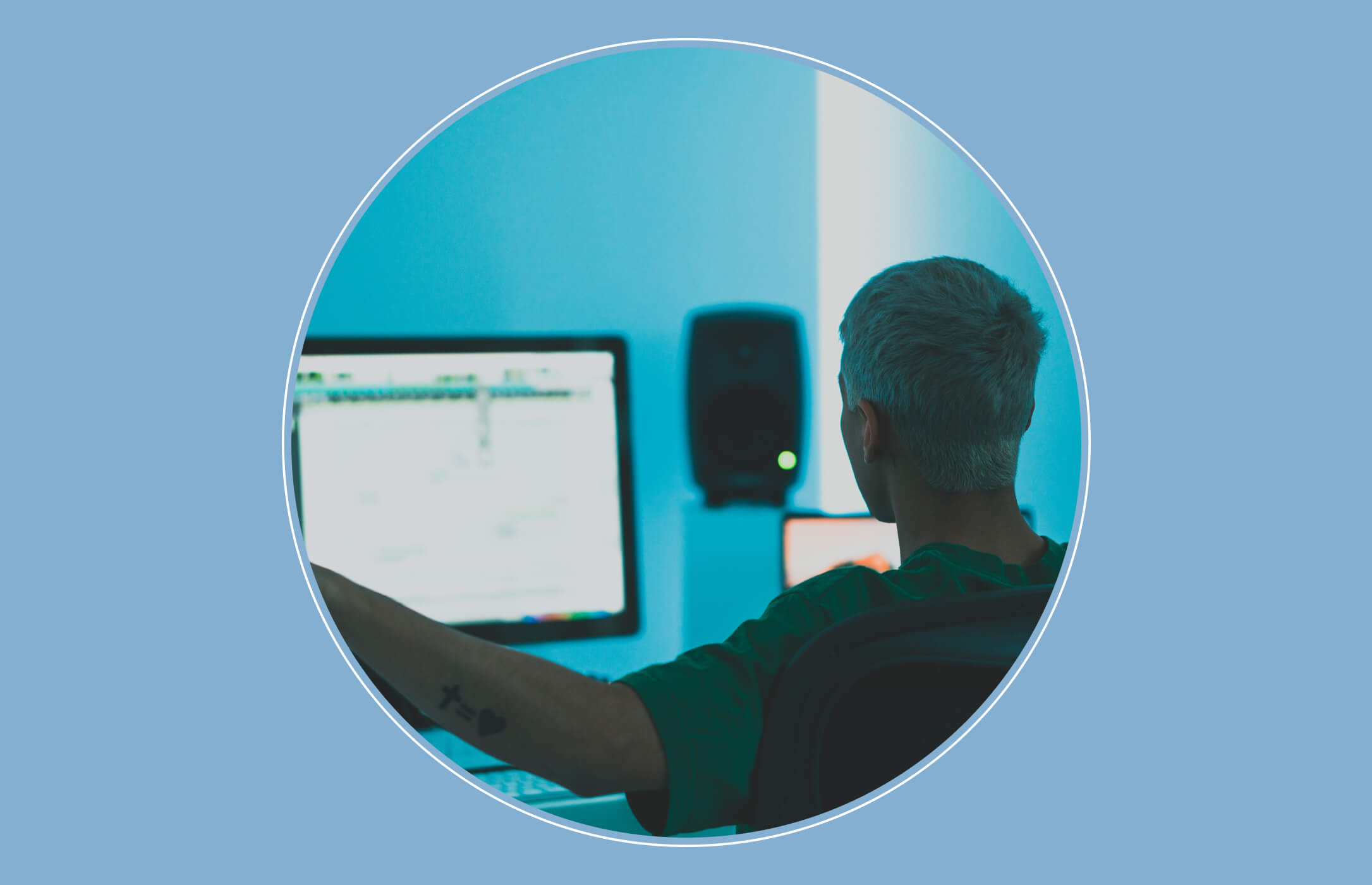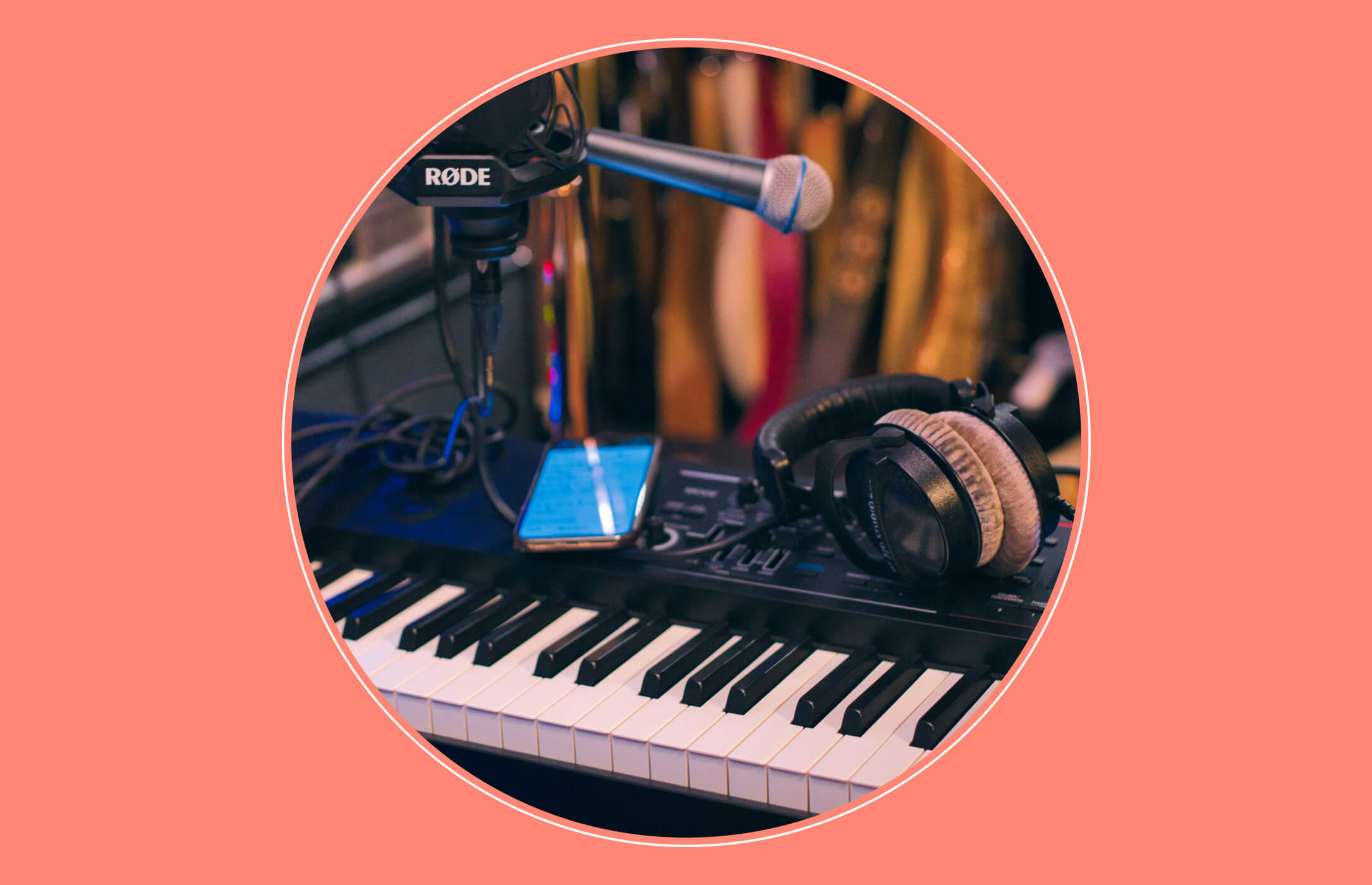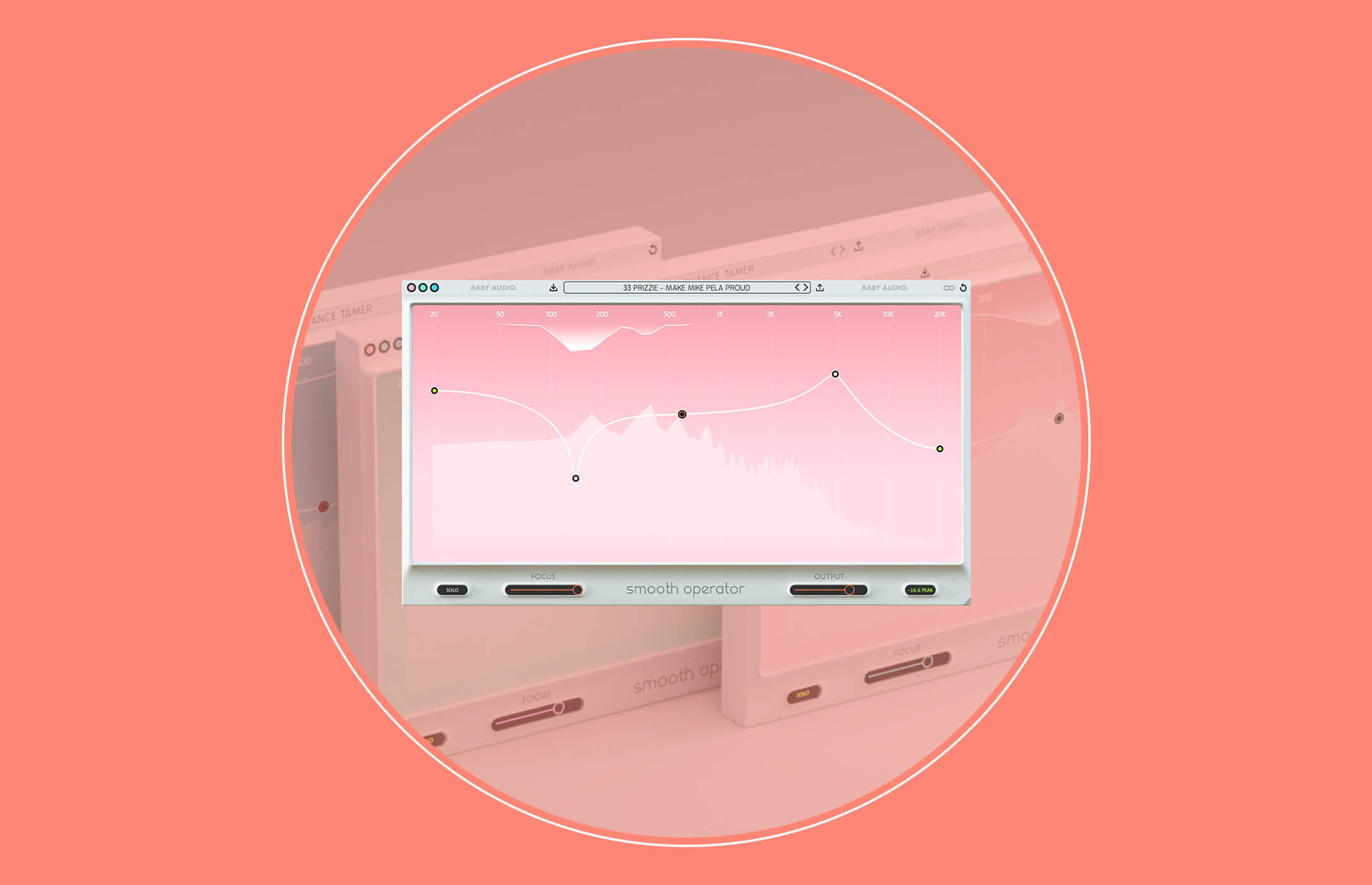A Short Guide to Creating Film Soundtracks
Try to think of a time when you’ve seen a good film that does not include music, whether it be a TV advert, a blockbuster movie, or even a YouTube vlog. Personally, I can’t think of one. It is widely known that music is the perfect complement to moving pictures. Music can entirely sway the mood or emotion of a scene, create memorability, and even set a theme for a movie. In fact, the earliest moving pictures had only music and visuals, they didn’t include dialogue or sound effects. Music is, arguably, just as important as the visuals.
What do you need to begin?
Studio Setup
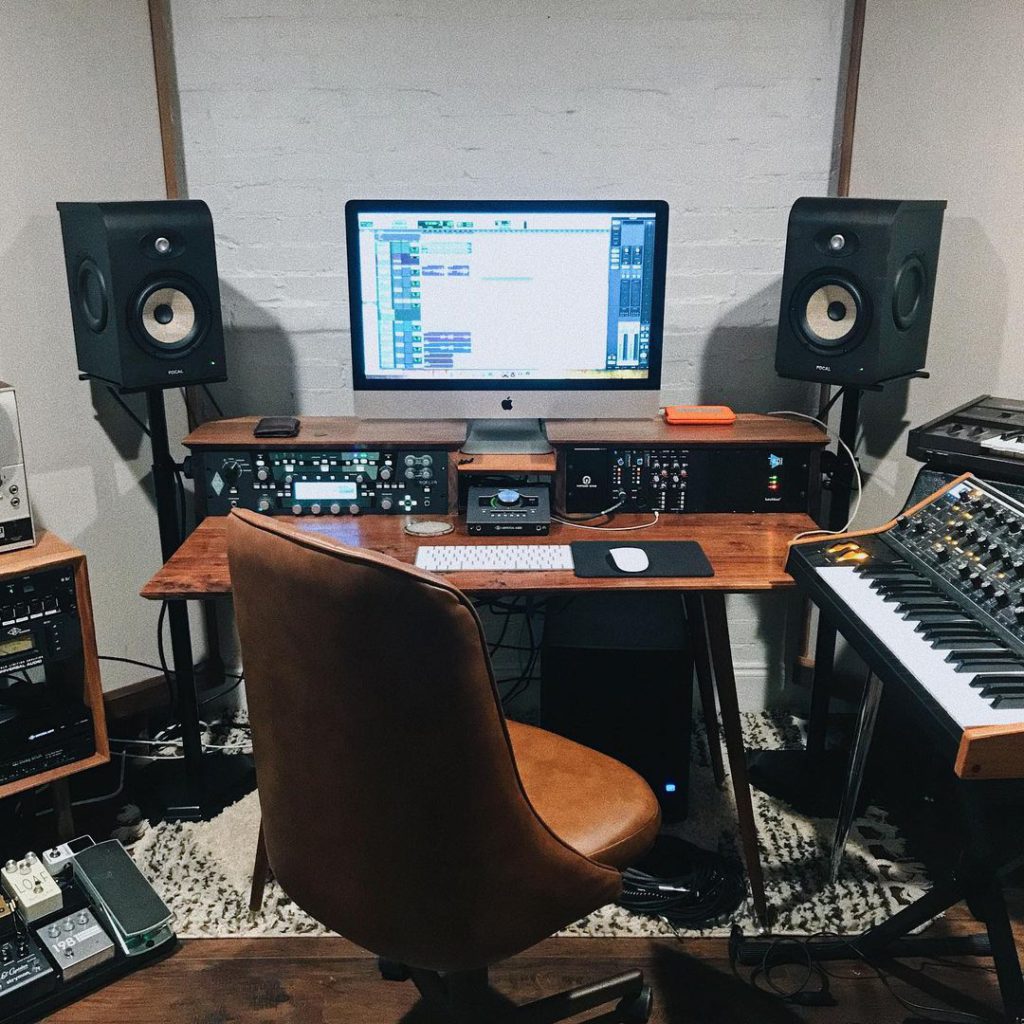
To make a film soundtrack, you do not need to have a multi-million dollar recording studio, you don’t need to possess the genius of John Williams or Hans Zimmer, and you certainly don’t need to have extensive musical theory knowledge or the ability to write score. You can make a film soundtrack on as little as a laptop, in the DAW of your choice, with a MIDI Keyboard and a pair of headphones. A little creativity will work in your favor, too.
The mood
One of the first things you’ll need to understand is the mood of the scene that your music will be accompanying. Is this scene downcast? Or are you wanting the scene to feel radiant and cheerful? This will help you decide what tempo and key signatures you’ll end up using.
The keys
Experimenting with variants of minor keys will create more of the downcast feelings, while variants of the major keys will typically create the more upbeat moods. Don’t take that as gospel, though. There never have, and never will be rules to music production, so it is completely up to you how you decide to use key signatures, notes, and chords in your music.
The tempo
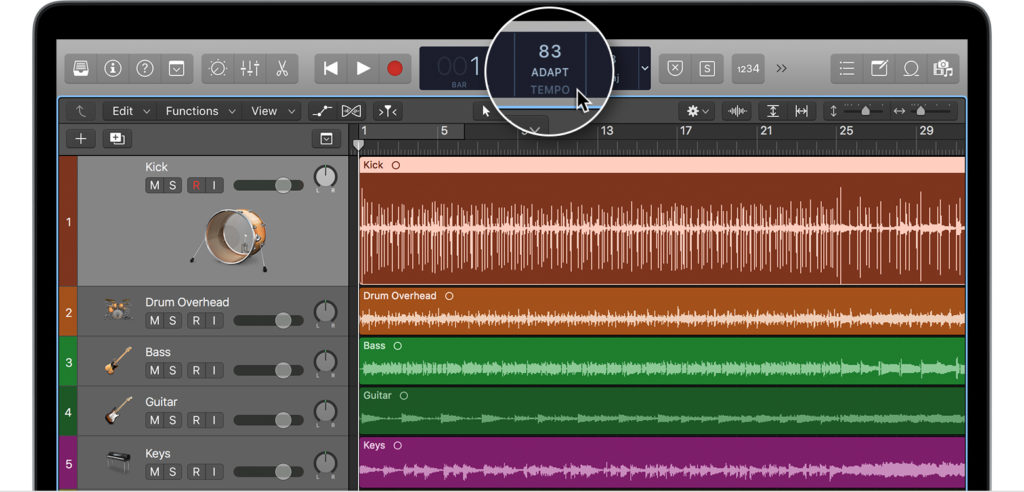
The tempo is a very important factor to consider when making a film soundtrack. One thing to remember when making music for moving picture is that the music is not meant to be too noticeable to the viewer – it should not be in the foreground. If the tempo is too fast, the music may draw too much attention to itself and become distracting. If it is too slow, it may not create the desired effect. You have to find the middle-ground. If you are composing with entirely MIDI instruments, it is very easy to tinker with the project tempo in your DAW. Some DAWs will even allow you to change the tempo of audio, very quickly, with time stretching.
Visuals
Working with the visuals can be really helpful when it comes to creating film soundtracks, especially when it comes to deciding the timbre and mood of your music. The visuals may also contain cues, such as titles or flashing images, for when certain parts of the music need to change or have dynamic variations. Sometimes the visuals might not be available prior to the creation of the music, but that is okay. It is possible to make soundtracks without the visuals, it’s just a case of imagining you are writing a normal piece of music and tailoring it to the visuals afterwards.
Research
If you want to really add some flare to your soundtrack, look into specifying your music to the era that the film is set. Do some research into the production techniques of that specific era. For example, if you are making a soundtrack for a film set in the 1930s, a TR-808 may sound out of place.
Natural Sound
Finally, keep it human. This may be the biggest cliché in music production, but quite often a fully quantized, ‘on the grid’ track will not sit right with the fluidity of the visuals. Although, that very much depends on the style of film. Some DAWs will have a ‘humanize’ function for MIDI notation. If you are recording with live instruments, the chances are, you’ll have a good human-feel to your track – as long as you aren’t playing out of time.
Conclusion
Film soundtracks do not have to be a complicated thing. Just experiment with ideas, see what works with the visuals and have fun.
By Cam Shand
